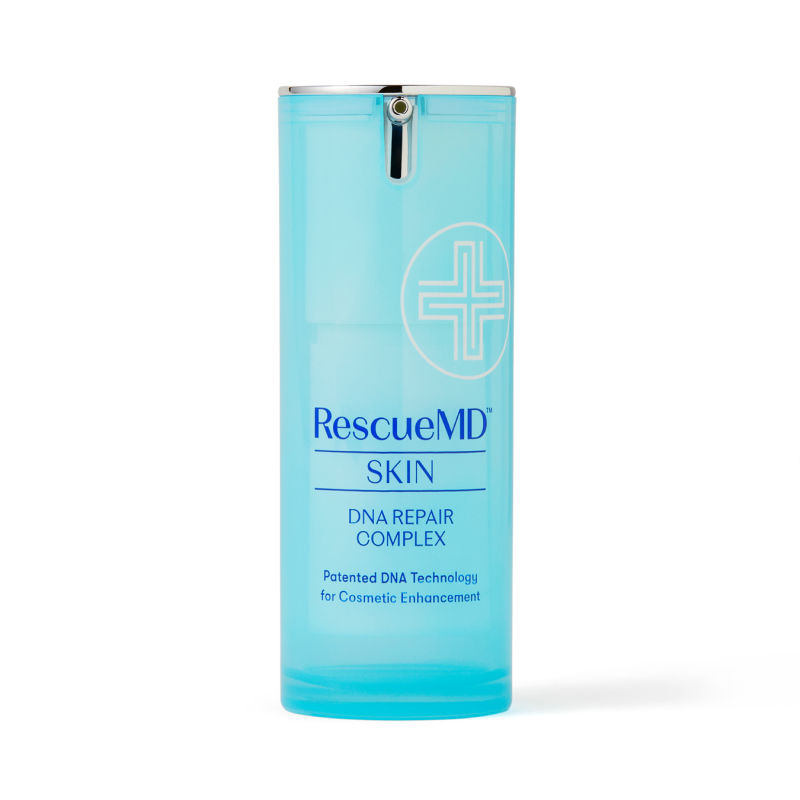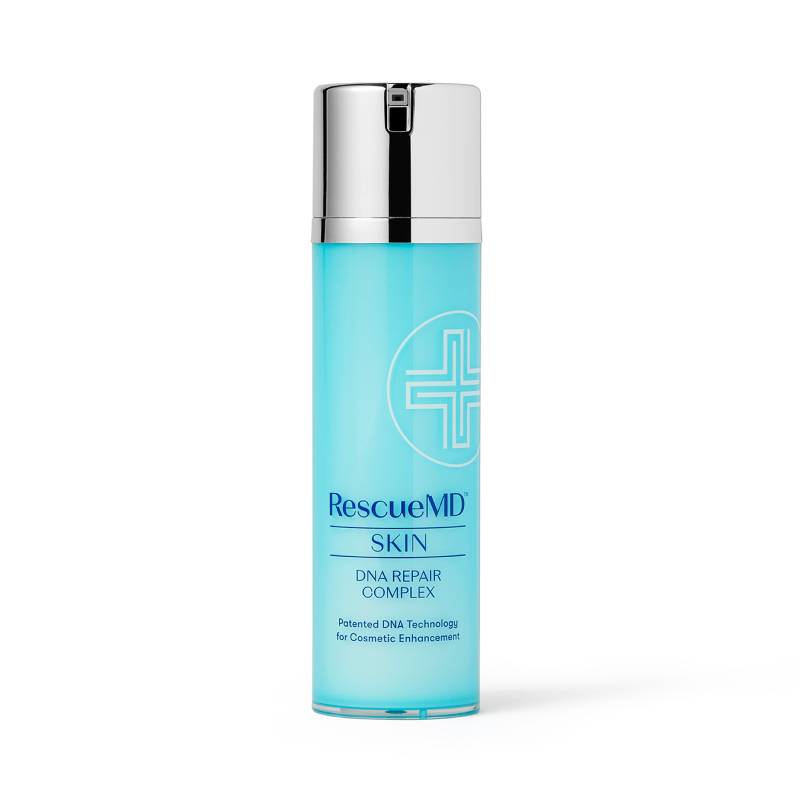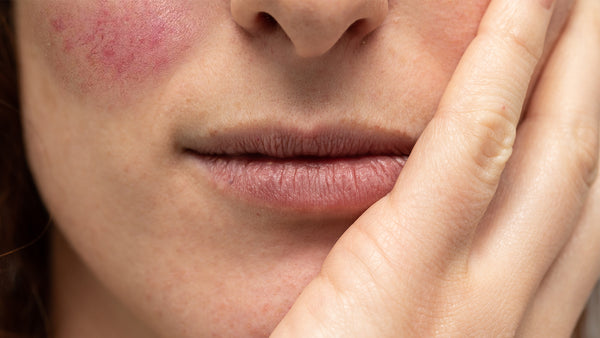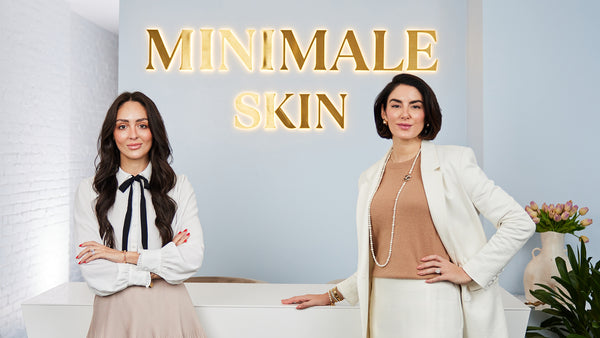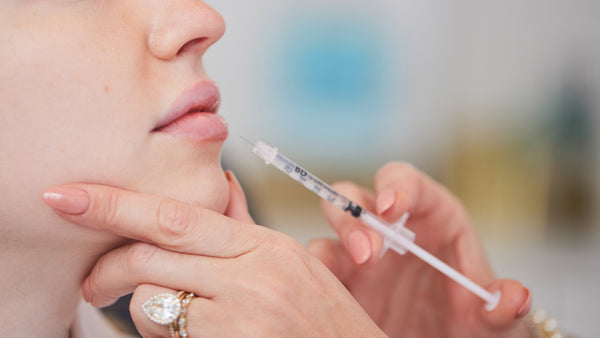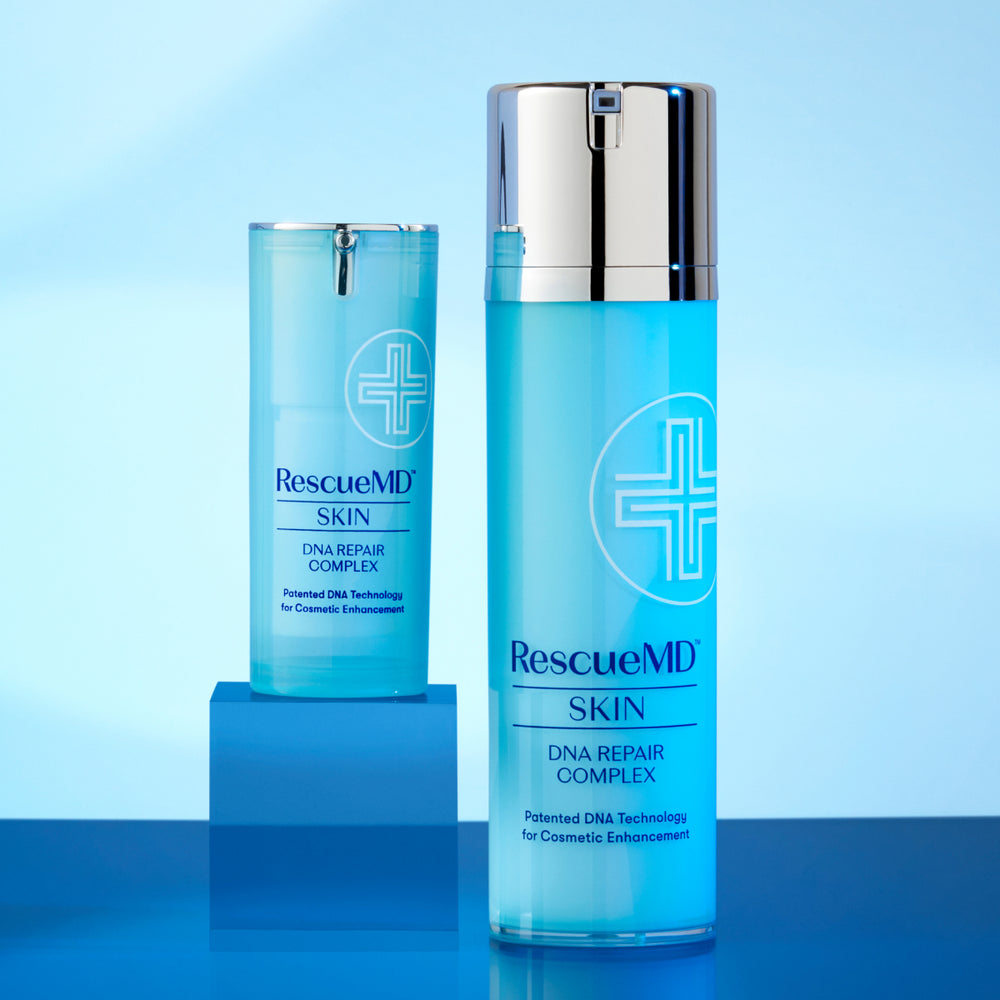Spring brings sunshine, flowers, and spring showers… but what’s not talked about so much? Increased oil production (hello, breakouts!), itchy, uncomfortable skin, and not-so-pretty sunburns. Is your skin feeling the effects of the season yet? This spring, we’ll be breaking down some top seasonal skin concerns and how to help prevent and treat them. First up, we’re tackling acne.
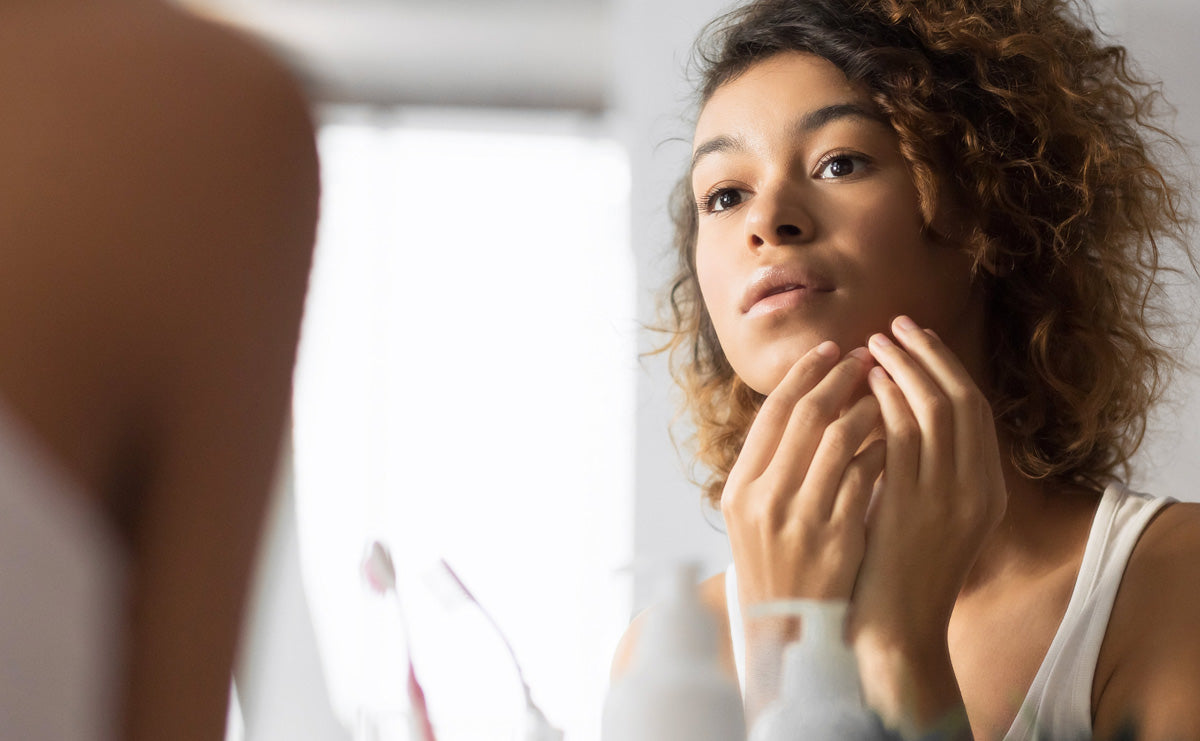
Tips to Help Prevent + Treat Acne, A Top Springtime Skin Concern
Acne Flare-Ups In The Springtime
Come warmer weather, you might notice an increase in breakouts on your face and your body. What contributes to this? Higher temperatures and humidity means more sweating and an increase in oil production. The buildup of sweat, oil, and other environmental pollutants can lead to acne breakouts. Inflammation from UV damage can also trigger breakouts. Here are some of our tips to keep your skin feeling fresh, comfortable, and healthy and breakouts at bay.
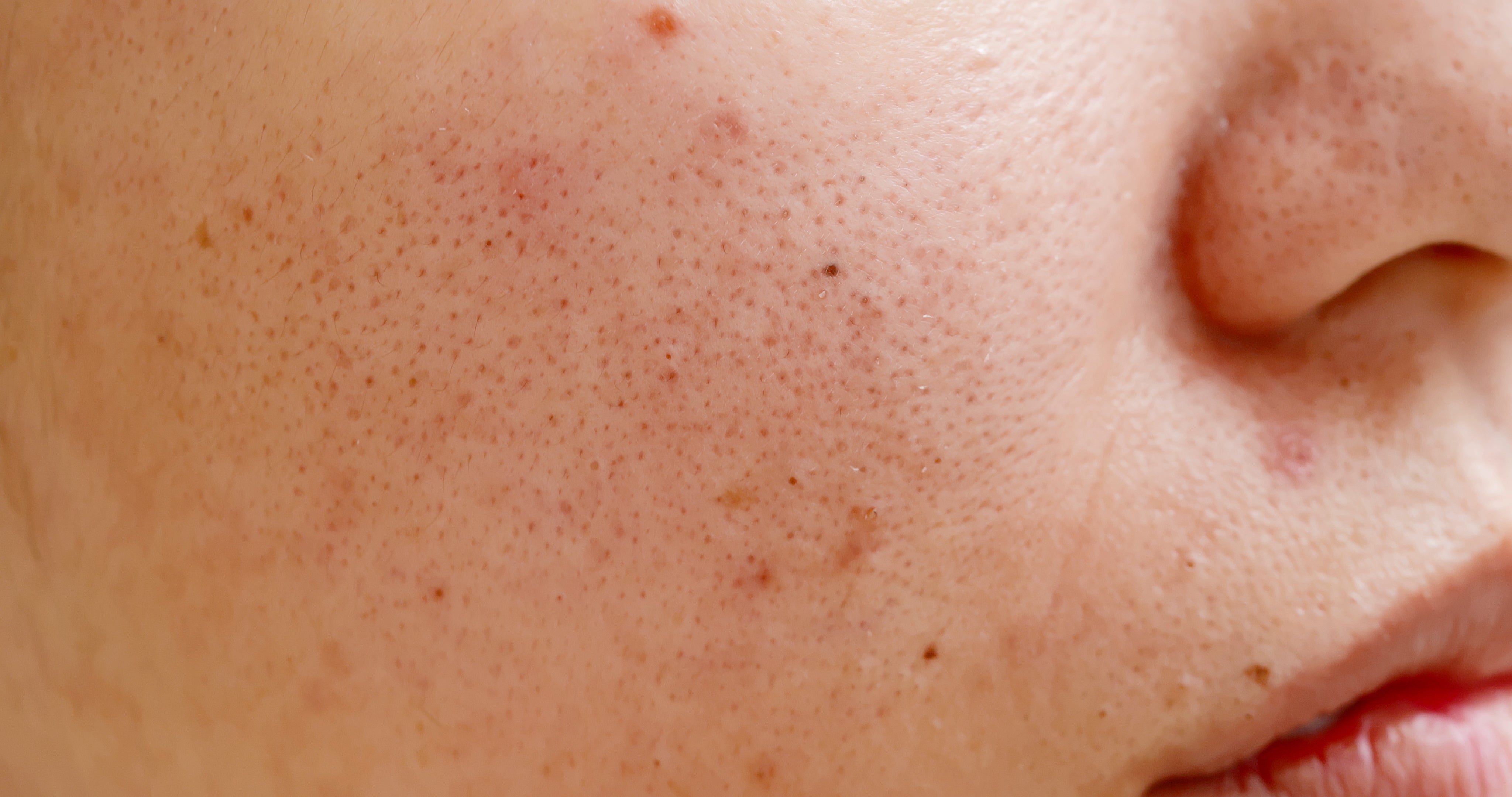
Look For Non-Comedogenic Products
If you’re not loving the effects the warmer weather has on your pores, you might want to switch up your skincare routine and look for non-comedogenic products. What exactly does “non-comedogenic” mean? Let’s break it down.
First things first — what are comedones? Comedones are pores or hair follicles that are blocked with a collection of bacteria, oil, and dead skin cells. This buildup of debris forms a bump on your skin. Two of the most common types of comedones are closed comedones (whiteheads) and open comedones (blackheads).
A comedogenic product’s formula contains an ingredient(s) that has a tendency to clog pores; whereas, a non-comedogenic product is formulated with ingredients that are unlikely to clog your pores and lead to breakouts. Some of the most common comedogenic ingredients used in skincare products to look out for are coconut oil, palm oil, sodium laureth sulfate, carrageenan, wheat germ, and lanolin. Learn their derivatives and a more comprehensive breakdown on The Good Face Project.
It’s important to note that a comedogenic formula doesn’t mean a product is bad — it just might not be best suited for reactive, oilier or acne-prone skin types.

This is another reason why we love our DNA Repair Complex: the non-comedogenic ingredients were carefully researched by Ivy League scientists and our own board-certified plastic surgeon, tested, and blended to work individually and synergistically to promote healthier-looking, balanced skin. Our formula is safe to use on even the most sensitive and reactive of skin types, including those with acne and rosacea. DNA Repair Complex can even help to treat old acne scars and unresolved pigmentation from past breakouts (more on how it can help treat the different types of acne scarring here).
If you want to make some updates to your spring/summer skin regimen and replace some products with comedogenic ingredients, searching for skincare products that are ‘non-comedogenic’ and non-pore clogging is a good place to start.
However, we still recommend individuals with reactive and acneic skin types to take caution before clicking “buy” or swiping a credit card for just any product that markets itself as ‘non-comedogenic’. Why? The FDA does not regulate the use of this label, so it’s important to make sure that you review the ingredient list before trying out new products. If you’re uncertain, we always recommend that you share the ingredient list with your dermatologist or esthetician for their expert advice. You can always do a patch test on a small area of skin too.
Double Cleanse At Night
It’s crucial to double cleanse your face at night to remove all traces of the day (i.e. makeup, sunscreen, pollution, dirt, sweat). Not properly cleansing can clog pores and cause breakouts. We recommend gently cleansing skin first with micellar water or an oil-based cleanser to remove sunscreen and makeup. Follow with a second cleanse using your regular cleanser.
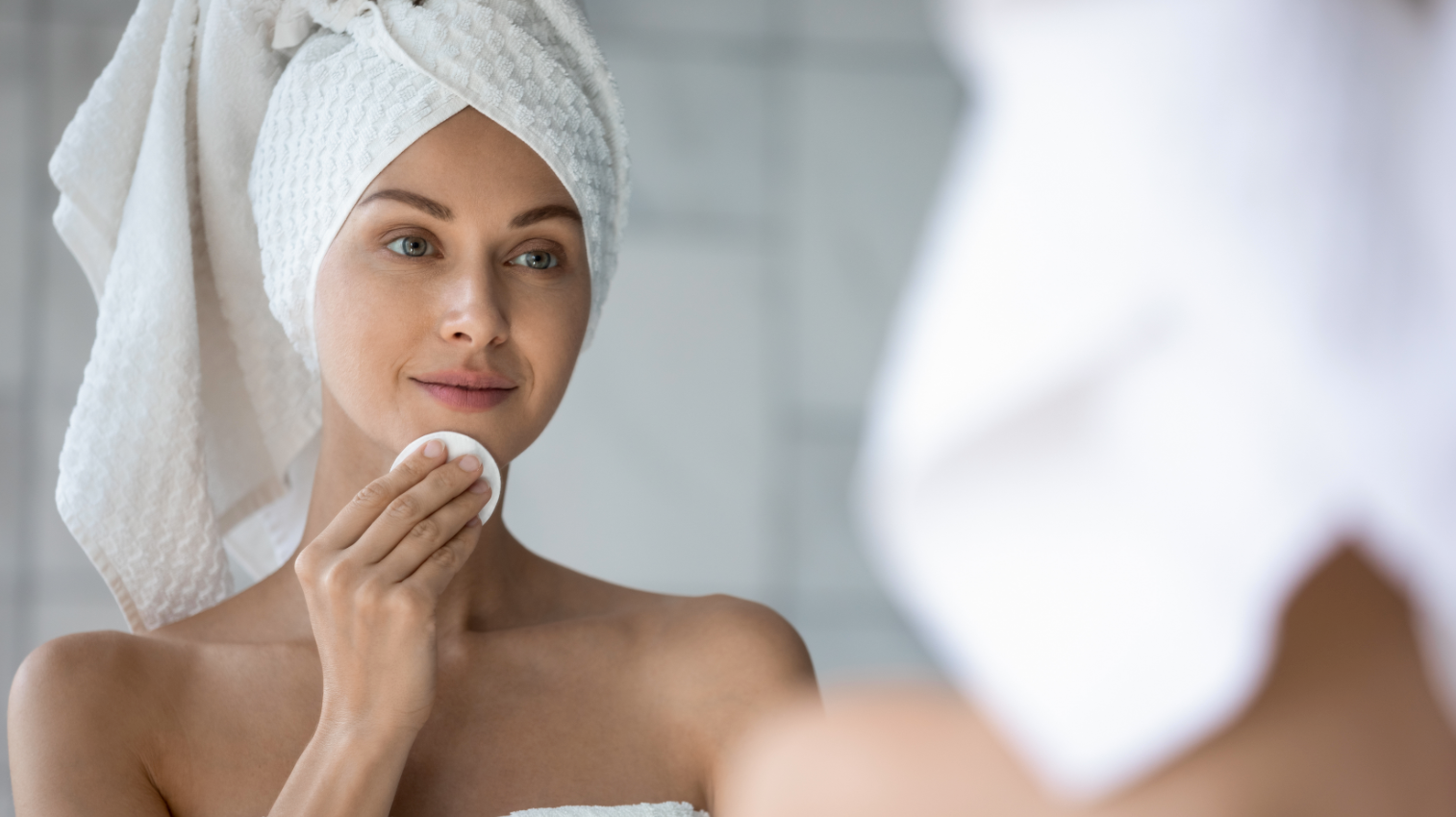
Don't Skimp On Hydration
If you’re on the oilier side, you might be tempted to skip hydrating products, assuming that they will only make your skin oilier. Don’t do this! No matter what skin type you have, it’s important to keep your skin hydrated — a lack of hydration can actually trigger your sebaceous glands to produce more oil to compensate, leading to more acne breakouts.
If you have oily or blemish-prone skin, using a light hydrating serum like our multi-benefit DNA Repair Complex might provide enough hydration for you without needing to add another moisturizer on top. Our formula won’t clog pores and provides gentle hydration for balanced, comfortable skin.
If you have normal or dry skin, you can also use RescueMD for added hydration and comfort, followed by a moisturizer. During the warmer months, you may also want to trade out your heavy creams in exchange for a lighter, water-based formula, as heavier creams can clog pores.
While hydrating skincare products are a necessary step, it’s also important to keep yourself hydrated by drinking plenty of water for both skin health and overall health, especially during the warmer months when we sweat and lose more water.
In addition to supporting the function and health of your other organs, results from studies suggest that staying adequately hydrated helps to improve your body’s overall immune cell response. Research suggests that your immune system can actually help fight back against acne-causing bacteria. VeryWellHealth.com explains:
"The immune system fights harmful bacteria that contribute to acne and pimples. More specifically, a bacteria strain called C. acnes (Cutibacterium acnes, formerly called Propionibacterium acnes) is thought to play a role in the development of acne vulgaris. Acne vulgaris is the most common type of acne; it is linked with hormone fluctuations."
While there are no findings to suggest that drinking water is the magical solution to cure acne (if only that were the case!), keeping your body properly hydrated can help your body function properly with potential added benefits to help promote clear and balanced skin.
Add Gentle Exfoliation
Add a gentle chemical exfoliant in your skincare regimen to help keep pores clear and boost your springtime glow with gentle resurfacing. Look for products with BHA (beta hydroxy acid) or AHA (alpha hydroxy acid) acids like salicylic or glycolic acid and gradually work them into your routine. If your skin is more prone to acne breakouts, try a product with salicylic acid. BHAs like salicylic acid are oil-soluble so they can penetrate the skin more deeply than AHAs, which are water-soluble.
A word of caution: make sure you don’t overdo it — over-exfoliating can irritate your skin, damage your skin barrier and lead to breakouts. You’ll want to gradually work them into your routine and use them as directed by your dermatologist or esthetician.
While we prefer a chemical exfoliant on the face, the skin on the rest of your body is thicker and may benefit from a combination of a chemical and physical exfoliant. Always be sure to moisturize your skin after exfoliating.
Hands Off
Whatever you do, do not pick at your skin or attempt to pop pimples! Leave the extractions to the pros. Your esthetician or dermatologist knows the proper way to safely extract without risk of infection, spreading bacteria, and scarring (more on acne scarring here).
If you can’t make it to a professional, use a product with BHA or AHA if your skin can tolerate it (see above). Hydrocolloid bandages or, “pimple patches,” are also an option to help you resist the urge to pick and keep your hands off your face.
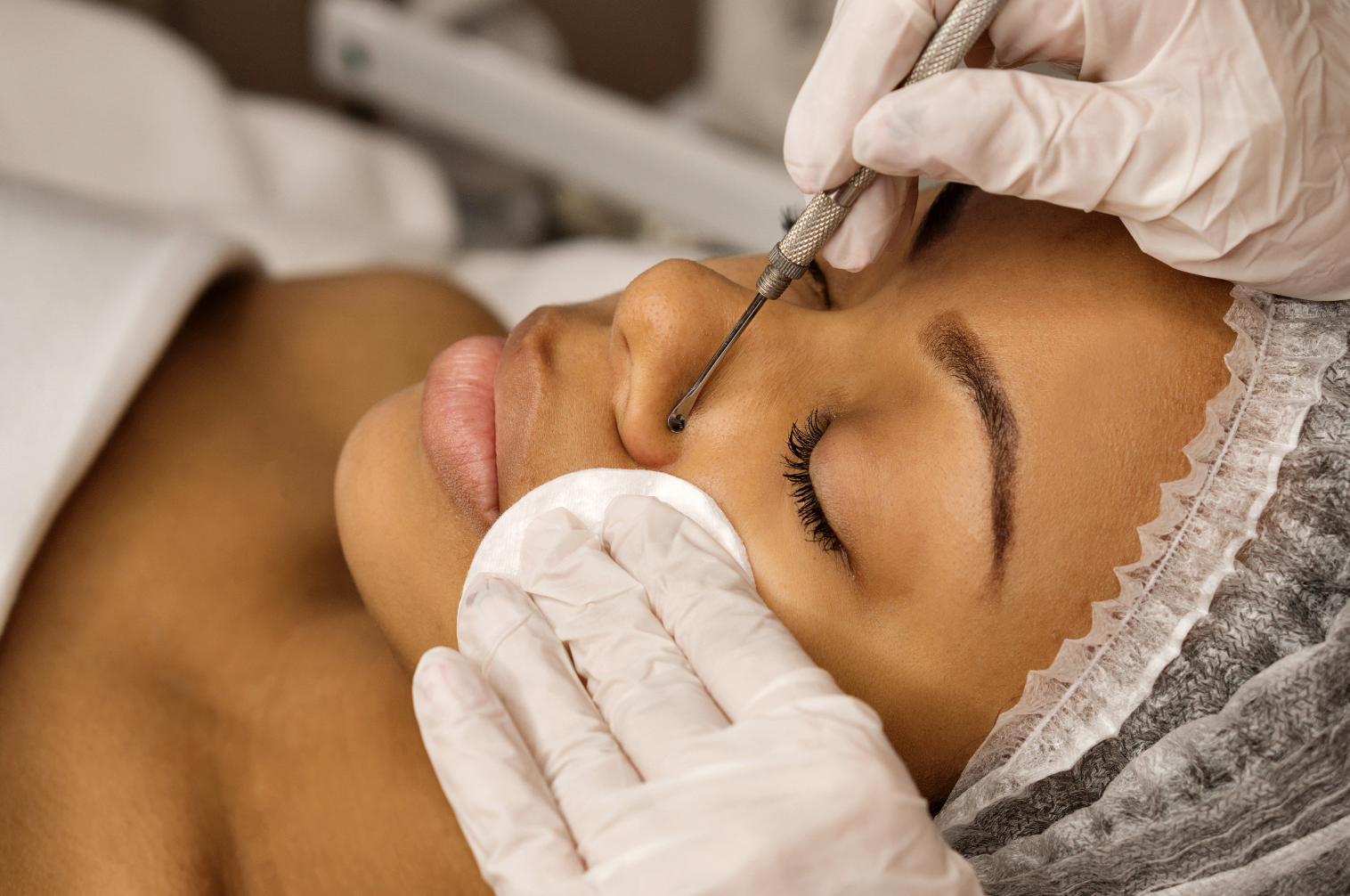
Keep Your Hair Out Of Your Face
Keep your hair out of your face — sweat and hair products can mix and clog your pores and cause breakouts. If you have bangs or fringe, use a headband to pull hair away from your face while exercising.
The same rule applies to your body, especially if you are working up a good sweat. If you have long hair and are prone to body breakouts, you might want to consider putting your hair in a bun or other protective hairstyle that keeps your tresses away from the bare skin on your neck and back.
Getting Sweaty
After sweating or exercising, bathe as soon as you can to help avoid breakouts and other unwanted complications. If you don’t have access to a shower right away, carry disposable wipes with you and a change of fresh clothes if possible.
If you are prone to acne on your chest and back and love working up a sweat outside, we recommend wearing an athletic shirt with built-in UPF (Ultraviolet Protection Factor) protection. Why? Not only will a UPF 50+ rated shirt covering these break-out prone areas protect your skin from 98% of the sun's harmful UV rays, but by eliminating the need for an additional layer of sunscreen underneath the fabric, it can also help reduce the chance of clogged pores from your mixture of sunscreen, oil, and sweat.
That being said, don’t forget to wear SPF on the areas exposed to the sun!
Luckily, there are plenty of UPF-rated clothing options out there to keep your skin feeling and looking healthy whether you are working up a sweat on your daily run or just running errands.
Visit Your Dermatologist
While we can take steps to minimize inflammation and breakouts through our lifestyle choices and skincare regimen, unfortunately, there is no be-all-end-all solution to cure acne. If you’re finding that your skin is unresponsive to at-home treatments, we recommend a visit with your dermatologist or doctor to discuss your lifestyle, diet, health, and skincare routine from a holistic view and develop a treatment plan from there.

